We recently connected with Marianna Kulukundis and have shared our conversation below.
Marianna , thanks for joining us, excited to have you contributing your stories and insights. Did you always know you wanted to pursue a creative or artistic career? When did you first know?
I found my confidence as an artist at a young age, although I had no concept of the word “artist”. My nursery schoolteacher suggested I create the class poster. I have a vague recollection that she added, “because you are very good at it.” I felt a great sense of pride that she had given me this task, and childish confidence that I would do something wonderful. My teacher seemed to agree. Since then, “Marianna is good at art” became part of me. I will be forever grateful for that seed of confidence planted by my nursery schoolteacher. Since that formative experience, it has always seemed natural that I would follow a creative path. It has not always been easy, but I have never questioned it, so I knew early on. However, the concept of someone paying me for my art has been a harder notion to accept.
My first opportunity as a professional artist happened by chance and with a little boldness on my part. I was working at the Metropolitan Museum of Art and was tasked with an errand to drop something off at the Kouros Gallery, in NYC. While making my delivery, I spoke to the gallery owner, Angelos Camilos, and blurted out that I was a painter. Somehow, I convinced him to see my work. I was fortunate that he liked what he saw and invited me to take part in a group show. Incredibly, Albright-Knox Museum wanted to buy the three paintings that Mr. Camilos had selected for the show. A huge opportunity for any artist. Shockingly, I declined their offer because I did not feel ready to sell these paintings. This is one of the only instances that I look back and want to grab this ridiculous younger me and shake her. I recall feeling that I did not feel ready to sell these paintings as they were the result of a huge breakthrough in my work, and I did not want to part with them. Looking back, I believe I had a crisis of confidence, despite this opportunity in front of me. I could not accept that someone wanted to pay me for my work. This notion would not a professional artist make! If do-overs were an option, I would not make the same mistake.
It was not until I began making art again many years later, as an illustrator, that I started getting paid commissions. As an illustrator, I use my creativity to follow and interpret a brief, and someone trusts me to interpret their vision through my artistry. The fact that someone has commissioned me to create something allows me the confidence to charge for my work.

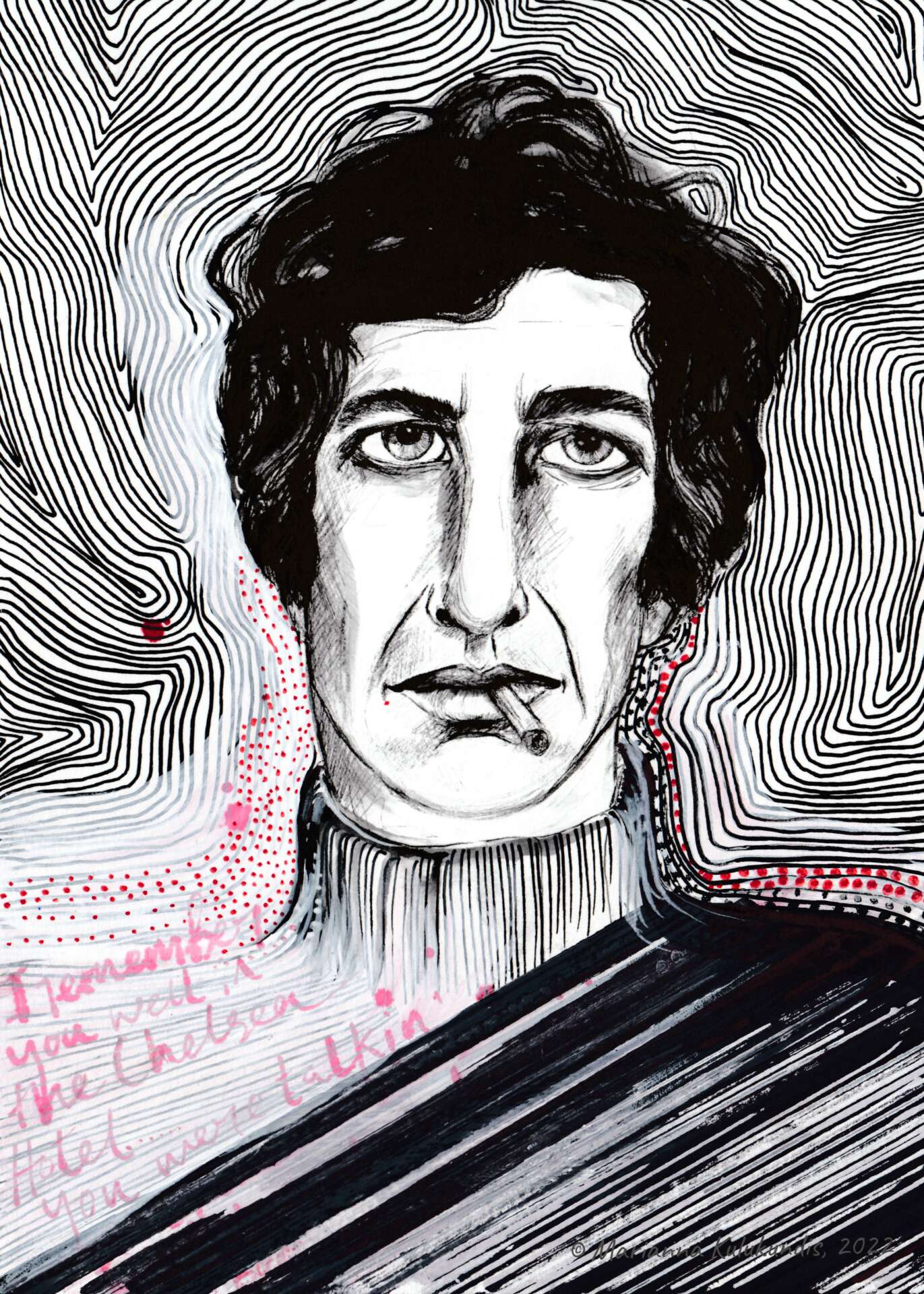
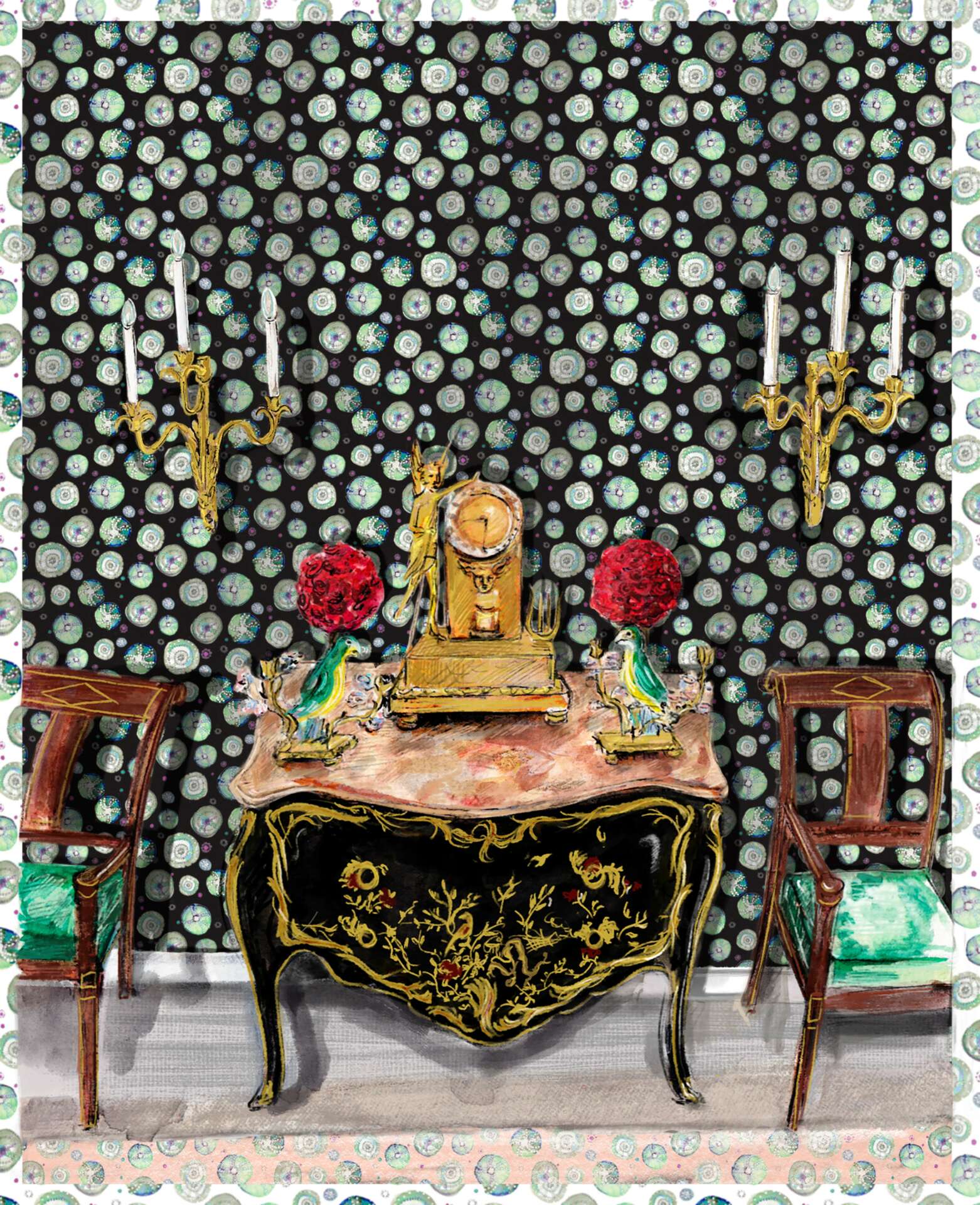

As always, we appreciate you sharing your insights and we’ve got a few more questions for you, but before we get to all of that can you take a minute to introduce yourself and give our readers some of your background and context?
A career as a ‘creative’ was never in question, but it became apparent that the isolation of the life of a painter was the antithesis of what I needed in my 20s. I wanted to collaborate and feel part of a team. As a result, I abruptly stopped painting and pursued my passion for acting instead, starring in off-off-Broadway productions and independent films, some of which made their way to Sundance. However, as an actress, I never felt as if I was tapping into my creative source. I was on a mission to recreate the feeling of being lost in my work and inspiration, so I pursued many different ‘creative’ jobs while on that search. I worked as a producer, assistant director, and creative director for branded films, and had some incredible experiences. A fond memory was when I found myself trying to remember port from starboard, while on a boat in the middle of the Bosphorous on a walkie-talkie with an A-list actor who needed the boat to drive past so he could get his shot. The actor got his shot, but I still don’t know my port from starboard. Luckily, I have not needed that skill as an illustrator, but the moment stuck with me.
Eventually, a chance request to illustrate a friend’s wedding invitation changed everything. By this time, I had not picked up a brush for almost 20 years. My previous work as a painter was about following my explorations and obsessions in paint and form, so I was not sure I was up to the task but took up the challenge regardless. Creating work to satisfy a client’s brief was an entirely new experience. After this I started an Instagram profile called, i likey a lot and posted daily simple illustrations. This helped carve out a daily practice and developed my skills and style. To my surprise, the commissions came in and I have never stopped working.
I look back on my early illustration work, which is very different from my work as a fine artist, and although I may wince at the simplistic illustrations, they created a blueprint for the way I work with clients.
I like to incorporate and interpret elements of their personality in the work and pay close attention to the place or purpose of the work, letting it spark my creativity. If I am asked to create work for an event in Sicily, for example, I will submerge myself in all things Sicilian until I can seamlessly incorporate the colors or stylistic elements into my work and style.
Today, I work on a wide array of projects and commissions from event invitations to designing chinaware for homeware collections. I feel very fortunate that I have been able to make a career out of something I love to do. I often wonder why I took such a circuitous route through many creative pursuits, only to land straight back to where I started. I am grateful for this path, however, as my experience as a producer, and assistant director, which are problem solvers, have helped me in my career as an illustrator.
Happily, I no longer have to search for that elusive feeling of being so deeply invested in my work that I lose the sense of time. Sometimes I am so buried that it feels as if five minutes have gone by until I realize the day has come and gone. I wish there were more hours in the day!
Is there something you think non-creatives will struggle to understand about your journey as a creative? Maybe you can provide some insight – you never know who might benefit from the enlightenment.
I believe everyone has a creative spark within, so I do not like to make the distinction between creatives and non-creatives and often argue that point to self-professed non-creatives. Although, as an artist, I do identify myself as a “creative” and take pride in that label.
I often hear non-creatives state that they do not have the expertise or understanding to express their opinion on a particular painting or someone’s creative output. I think this perceived lack of expertise causes many people to shut down and hide behind the non-creative label, limiting their enjoyment of so-called creative pursuits and their enjoyment of others’ creative output. Art and creativity are so subjective, all you need to know is whether you like doing something, or if a particular artwork sparks an emotion, which does not always have to be joyful.
My advice is to struggle less to understand creativity or the meaning of a particular artwork. There are times that I can zip around a museum show, only to realize that the person I have gone with is still in the first room struggling to gather the meaning of everything they see. Meanwhile, I saw a splash of paint or a gesture that filled me with enough creative inspiration to store in my tank until it is needed. At the risk of immediately contradicting myself, there are times when I have listened to the accompanying audio of an exhibition and gained a greater appreciation of an artist’s work through understanding more about their journey and artistic exploration. There is no right or wrong way to experience or understand art. Creative minds share a level of flexibility and openness in their thinking, so it is the antithesis of creativity to be limited by fixed notions of how one should think or see. No two creative minds are the same, some are more intentional and systematic, and others more haphazard and chaotic in their thinking. However most share a level of discipline or obsessiveness which is needed to pursue a creative career.

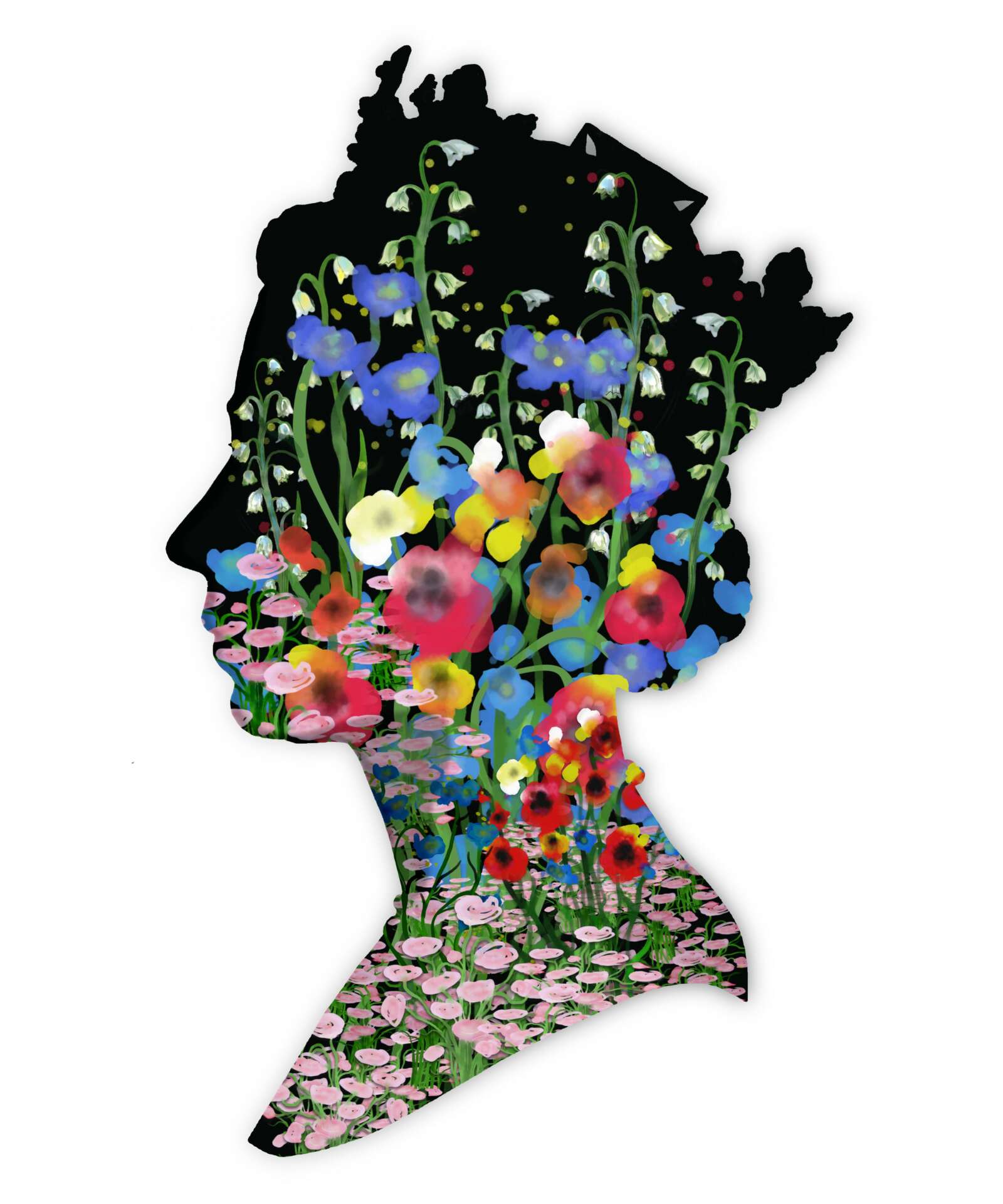
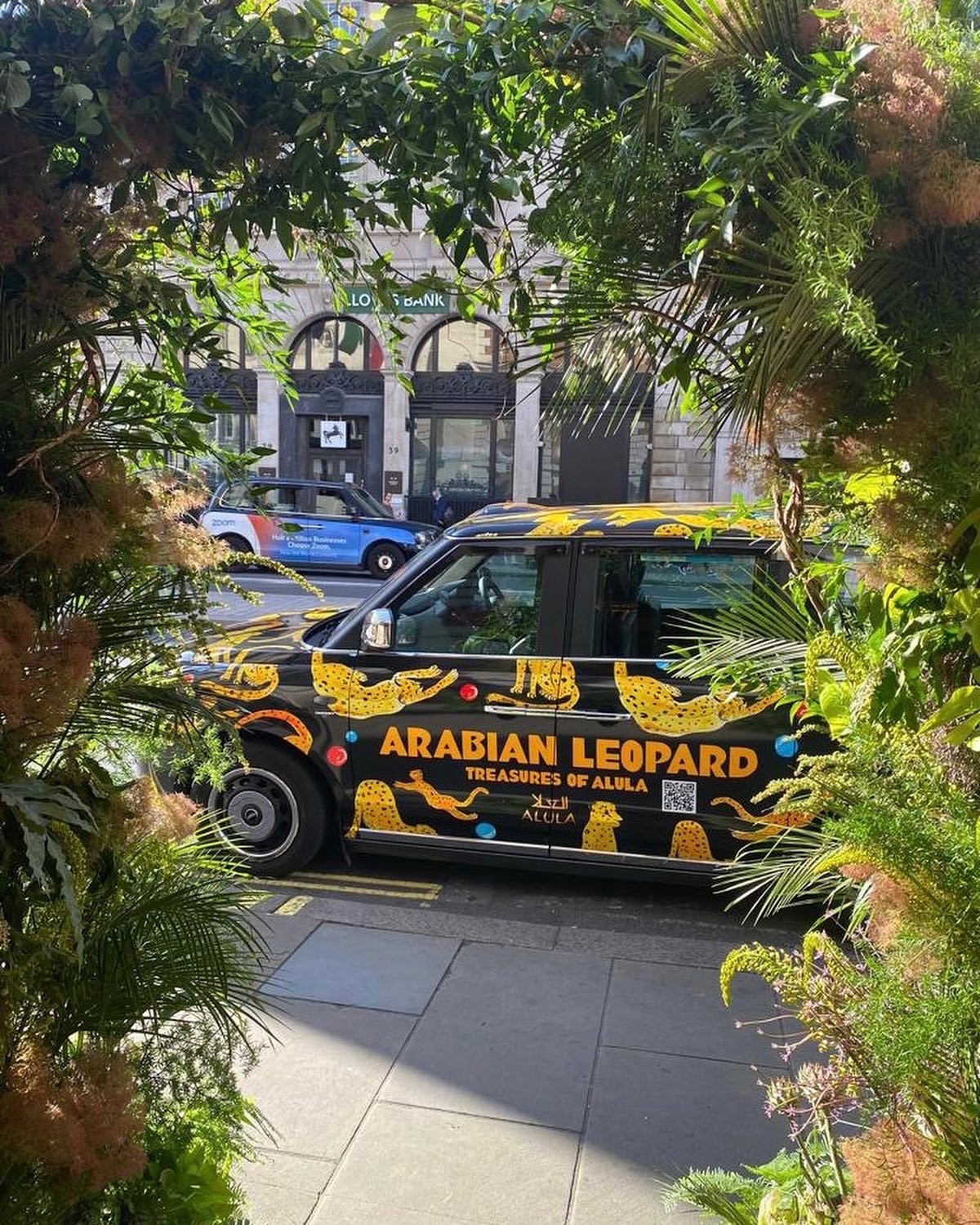
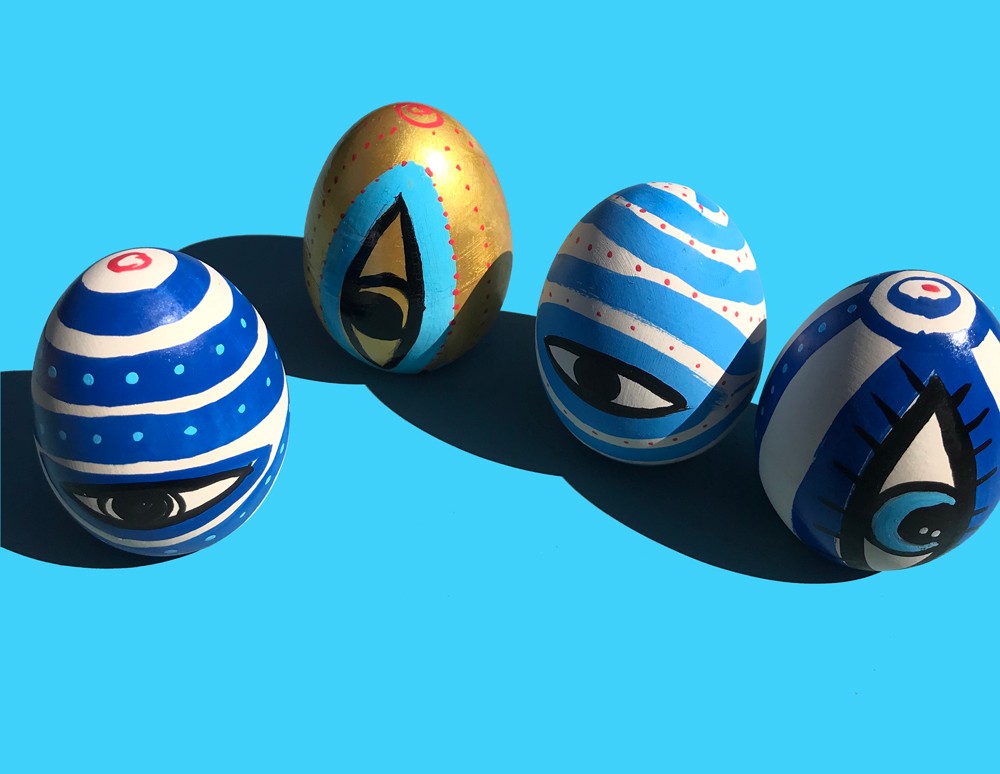
What do you find most rewarding about being creative?
Breaking through a particular struggle can be the most rewarding aspect of being an artist. I could be fighting to make a painting work, or interpret a brief, yet whatever I do the result is still a muddy mess. However, the confidence I was given at such an early age has allowed me to trust myself and persevere. The moment the muddy mess comes together when it looked as if it was a failure is one of the most rewarding aspects of being an artist. Also, the knowledge that if all else fails, I can just try again. Sometimes mistakes lead you to dig deeper and find a greater level of creativity and skill.
Contact Info:
- Website: https://www.mariannak.com
- Instagram: @mariannak_illustration
Image Credits
Image of Leopard Taxi: Cab e-media, created for the launch of the The Arabian Leopard book by Assouline.


